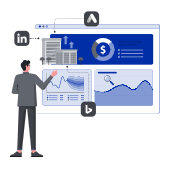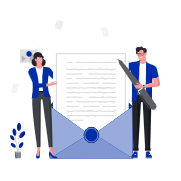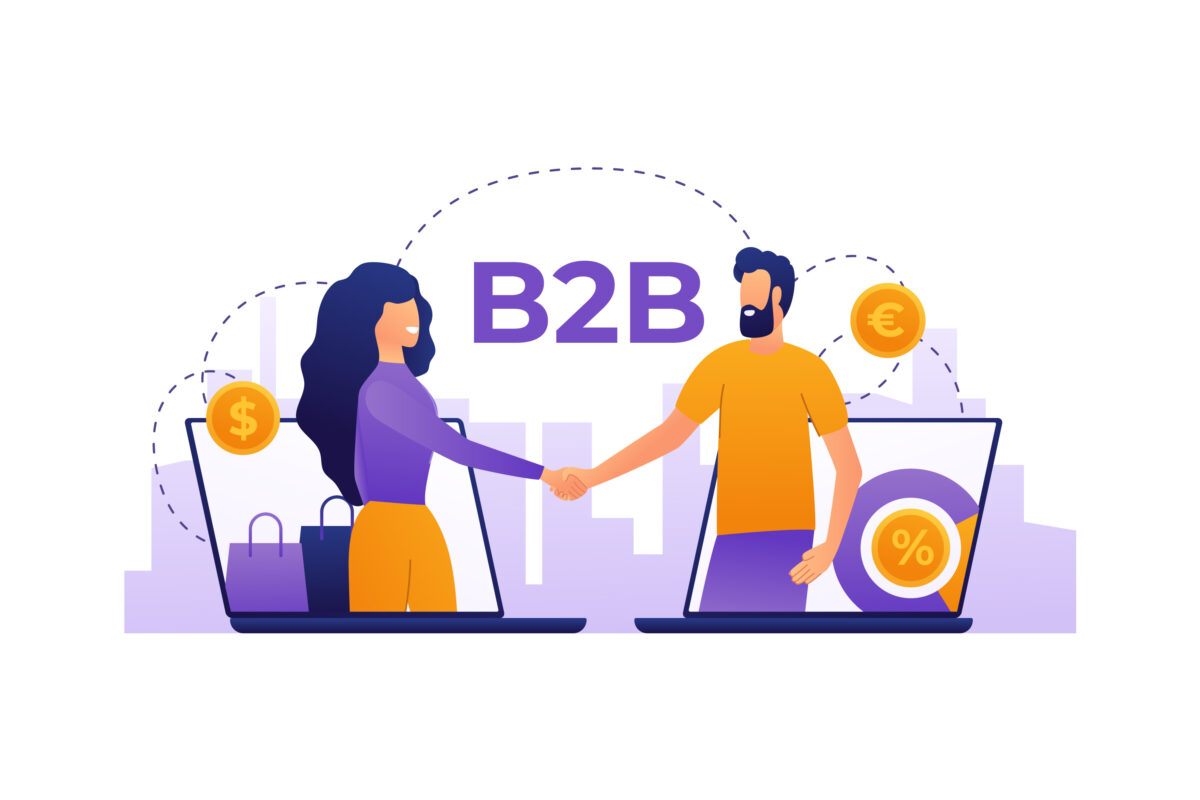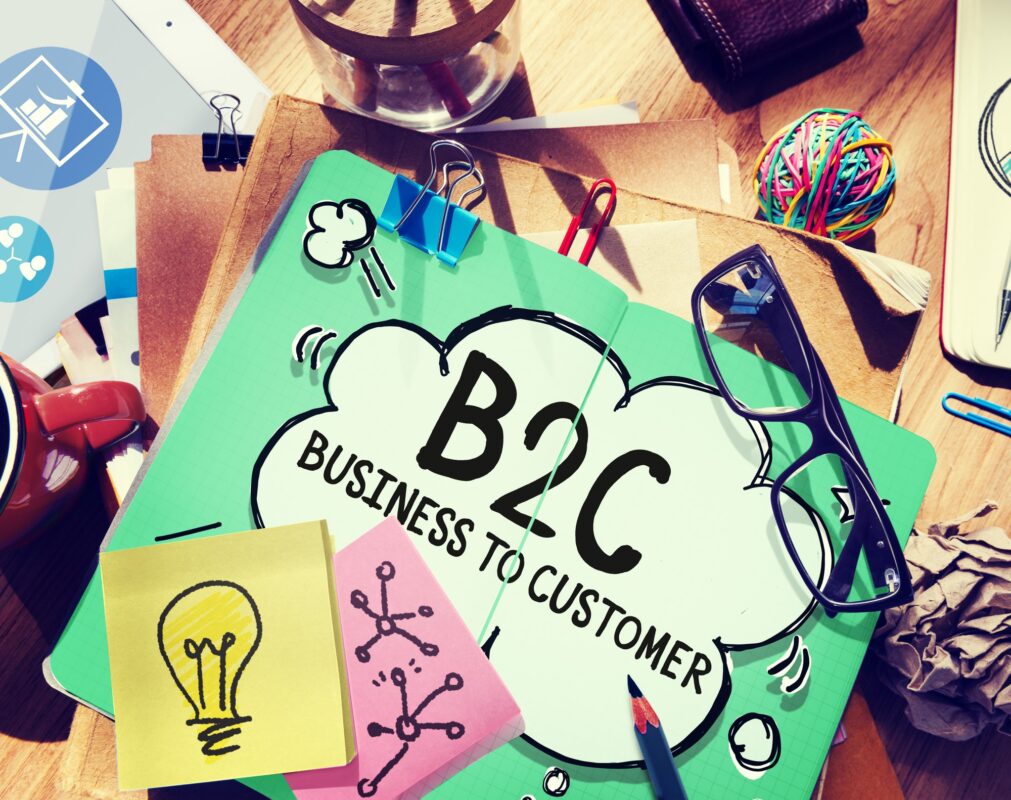Discover how to target decision-makers with B2B SEM. This guide covers audience targeting, ad copy, landing pages, and optimization tips to maximize your ROI.
In the world of B2B Search Engine Marketing (SEM), reaching decision-makers is the ultimate goal. These are the professionals who hold the power to approve purchases, sign contracts, and drive business growth. However, targeting decision-makers requires a strategic approach, as they are often busy, skeptical, and surrounded by gatekeepers.
In this blog, we’ll explore how to target decision-makers with B2B SEM. From precise audience targeting to compelling ad copy, we’ll cover everything you need to connect with the right people and drive results. Let’s dive in!
Why Targeting Decision-Makers Matters
Decision-makers are the key to closing deals in B2B marketing. Here’s why focusing on them is crucial:
- Higher ROI: Decision-makers have the authority to make purchasing decisions, leading to higher conversion rates.
- Faster Sales Cycles: Engaging directly with decision-makers can shorten the sales process.
- Stronger Relationships: Building trust with decision-makers fosters long-term partnerships.
- Competitive Edge: Reaching decision-makers before your competitors do can give you a significant advantage.
In short, targeting decision-makers is essential for driving B2B SEM success.
Step 1: Identify Your Decision-Makers
Before you can target decision-makers, you need to know who they are. Here’s how to identify them:
1. Understand the Buying Committee
- B2B purchases often involve multiple stakeholders, including influencers, users, and decision-makers.
- Example: For a CRM software purchase, the decision-maker might be the CIO, while influencers could include IT managers and sales directors.
2. Use Firmographic Data
- Identify decision-makers based on job titles, industries, and company sizes.
- Example: Target “Chief Information Officers” in “Technology” companies with “500+ employees.”
3. Leverage LinkedIn
- Use LinkedIn’s advanced search to find decision-makers in your target industry.
- Example: Search for “VP of Procurement” in “Manufacturing.”
Pro Tip: Use tools like LinkedIn Sales Navigator or ZoomInfo to streamline your prospecting efforts.
Step 2: Leverage Precise Audience Targeting
Once you’ve identified your decision-makers, it’s time to target them effectively. Here’s how:
1. Use LinkedIn Ads
- LinkedIn is the go-to platform for reaching decision-makers.
- Target by job title, function, industry, and company size.
- Example: Run ads targeting “CFOs” in “Financial Services.”
2. Implement Account-Based Marketing (ABM)
- Focus on high-value accounts and create personalized campaigns.
- Use tools like Terminus or Demandbase to manage your ABM efforts.
3. Retarget Website Visitors
- Use retargeting ads to reach decision-makers who have already shown interest.
- Example: Retarget users who visited your pricing page but didn’t convert.
Pro Tip: Use Google Ads’ Customer Match to upload a list of decision-makers and target them directly.
Step 3: Craft Compelling Ad Copy
Your ad copy needs to resonate with decision-makers and encourage them to take action. Here’s how to make it effective:
1. Focus on ROI and Business Outcomes
- Decision-makers care about results. Highlight how your product or service delivers value.
- Example: “Increase productivity by 30% with our AI-powered CRM.”
2. Use Clear CTAs
- Encourage action with phrases like “Request a Demo,” “Schedule a Consultation,” or “Download the Whitepaper.”
- Place CTAs prominently in your ad.
3. Incorporate Social Proof
- Showcase testimonials, case studies, or awards to build credibility.
- Example: “Trusted by Fortune 500 companies.”
Pro Tip: Use A/B testing to experiment with different headlines, CTAs, and visuals.
Step 4: Optimize Landing Pages
Your landing page is where conversions happen. Here’s how to make it decision-maker-friendly:
1. Align with Ad Messaging
- Ensure your landing page matches the ad’s headline and description.
- Use the same keywords and visuals for consistency.
2. Simplify the Form
- Use fewer fields to reduce friction.
- Example: Ask for name, email, and company only.
3. Include Trust Signals
- Display testimonials, client logos, or security badges.
- Example: “Join 10,000+ businesses using our solution.”
Pro Tip: Use tools like Unbounce or Instapage to create high-converting landing pages.
Step 5: Use Retargeting Strategically
Retargeting is a powerful way to re-engage decision-makers who didn’t convert initially.
1. Segment Your Audience
- Create separate retargeting campaigns for different stages of the buyer’s journey.
- Example: Retarget users who viewed your product page versus those who abandoned their cart.
2. Personalize Your Ads
- Use dynamic ads to show products or content the user previously viewed.
- Example: “Still interested in our CRM software? Get a free demo today!”
3. Offer Incentives
- Encourage conversions with exclusive offers or discounts.
- Example: “Get 20% off your first year when you sign up this month.”
Pro Tip: Use Google Ads’ Remarketing Lists for Search Ads (RLSA) to target past visitors with search ads.
Step 6: Monitor and Optimize
B2B SEM requires ongoing optimization to maximize ROI. Here’s how to stay on top of your campaigns:
1. Track Key Metrics
- Monitor CTR, CPC, conversion rates, and ROI.
- Use tools like Google Analytics or LinkedIn Campaign Manager for detailed insights.
2. A/B Test Everything
- Test different ad copy, visuals, and CTAs to see what works best.
- Example: Test two headlines to see which drives more clicks.
3. Refine Your Targeting
- Adjust your audience based on performance data.
- Example: Exclude underperforming industries or job titles.
Pro Tip: Set up automated rules in Google Ads or LinkedIn Campaign Manager to pause underperforming ads.
Common Mistakes to Avoid
1. Ignoring Audience Targeting
- Avoid broad targeting that wastes budget on irrelevant users.
2. Overloading Ad Copy
- Keep your message concise and focused on one key benefit.
3. Neglecting Landing Pages
- Ensure your landing page is optimized for conversions.
4. Skipping A/B Testing
- Regularly test and refine your ads to improve performance.
Tools for Targeting Decision-Makers
Here are some tools to enhance your B2B SEM campaigns:
- LinkedIn Ads: For precise audience targeting.
- Google Ads: For search and retargeting campaigns.
- ZoomInfo: For prospecting and firmographic data.
- Unbounce: For creating high-converting landing pages.
- Google Analytics: For tracking performance and ROI.
Conclusion
Targeting decision-makers with B2B SEM is a powerful way to drive high-quality leads and close deals. By identifying your audience, crafting compelling ad copy, and optimizing your campaigns, you can connect with the right people and achieve your business goals.
Remember, B2B SEM is an ongoing process. Regularly monitor performance, test new strategies, and refine your approach to stay ahead of the competition. With the right strategy, you can turn your SEM efforts into a significant driver of growth and success. You can contact us for a B2B SEM plan; we will handle everything for you.














